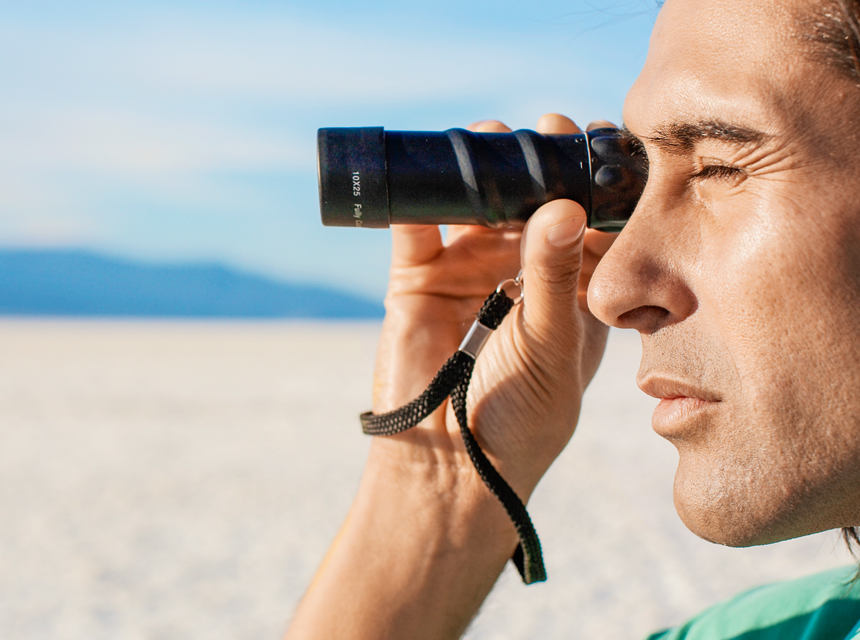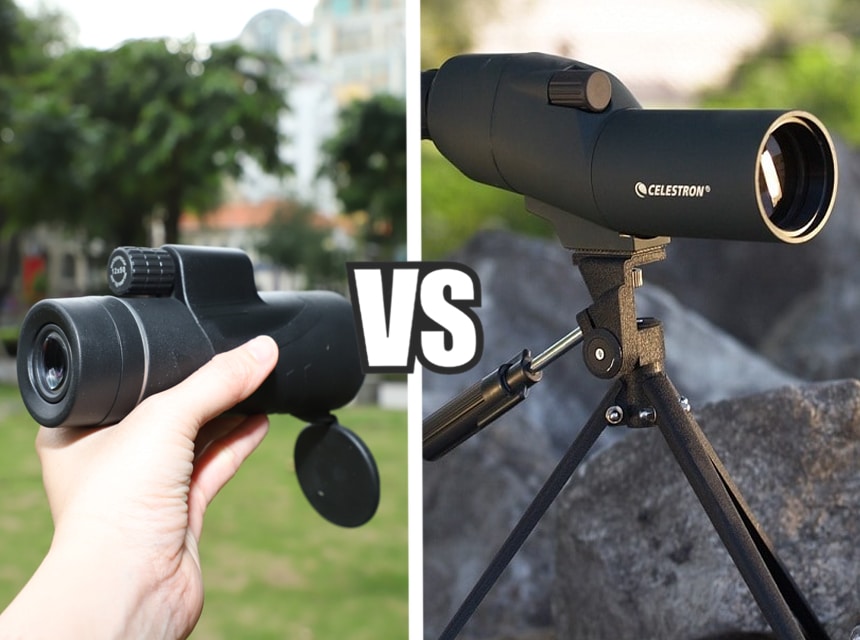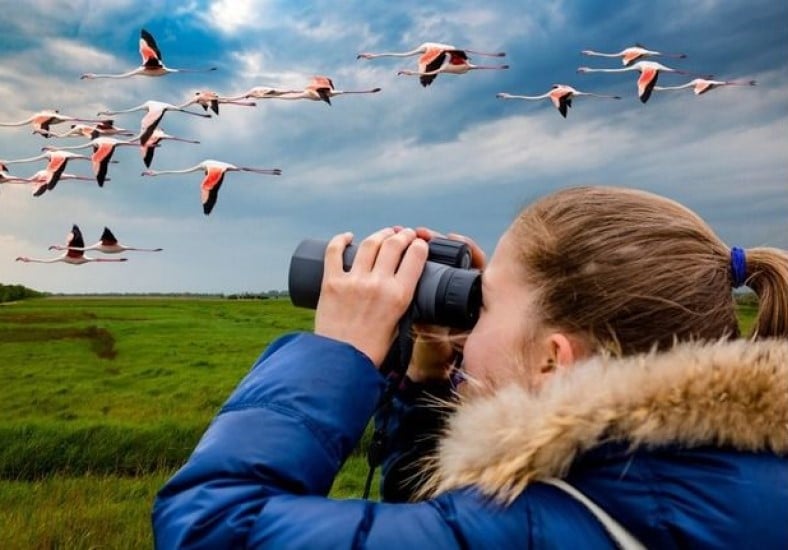

Ever wish you could see at night? Well, thanks to modern technology, you can! Purchasing night vision equipment can be expensive and confusing. Night vision technology is super useful and very cool.
One of the best pieces of night vision equipment to start with is a monocular (think: binocular, but with only one lens— like a telescope). Monoculars offer many of the benefits of other night vision equipment but at a fraction of the price. We did some research for you to find the very best night vision monoculars under $200 on the market. There are a ton of great options on this list, and we’re sure you’ll find one that suits your needs.
The Carson MiniAura is a fully digital monocular option— meaning that unlike models with image intensifier tubes, this model won’t burn out. The IR intensity is adjustable.
This model is best suited for people who are looking for an extremely lightweight and portable night vision monocular. It’s easy to transport and has a powerful illuminator for its size. This would be great for observing wildlife at night without needing a flashlight.
This night vision monocular offers an exceptional range for the price. The Equinox Z Digital Night Vision Monocular gives users great optical clarity, illumination, and field of view. Not only does it offer night vision capabilities, but it also takes pictures and videos.
This is a great choice for someone who is looking for maximum range without compromising affordability. It’s the perfect model if you’re interested in observation and video or photo capturing, as well as night vision in complete darkness.
The Firefield Nightfall Night Vision Monocular offers 4x magnification and gives you clear vision from a significant distance— even at night. The lens is 50mm, allowing you to transmit and gather more light during use.
This model is great for people who intend to use it in more rugged conditions as the body is weatherproof and can withstand intense rain exposure. It’s also great if you intend to use it in pitch darkness, as the pulse IR emitter maximizes visibility in the darkest settings.
This model is a great compact option for easy transport. It offers an impressive range in total darkness and a longer range during daylight. This model has impressive performance in such a small package, and we found that it did better than some other models that were much larger.
This is great for someone who wants a powerful night vision monocular that is easy to transport in luggage and in their hand. This model is lightweight and comes with a convenient wrist strap for easy transport. This is a great option if you intend to use it at night and during the day.
This model is super affordable without compromising on functionality. It features an advanced low-light CMOS sensor and an integrated IR filter, and a 1-watt IR illuminator for transitional day-night use. It also features a 3x20mm objective lens and 9x digital zoom!
This is great for someone who wants a really durable option that’s highly functional for a relatively low price. It’s a convenient and weatherproof monocular in high-impact housing that comes with a carrying case for convenient transport.
This model is super affordable and has a zoom capacity between 3x and 6x. It also has a high resolution of 640×480 which offers clear image quality even at the range or in total darkness.
This is a convenient and affordable option that’s great for anyone who wants to use their night vision monocular to track objects in the dark or get extreme visual clarity at a considerable range. It features an infrared illuminator and is designed for single-hand operation.
Night vision monoculars are great for seeing objects at a great distance in total darkness, and it’s hard to beat the allure of an attractive price point below $200. If you’re an adventurous person who enjoys nature in any capacity, you’ll have a blast using one of the night vision monoculars on the list. While night vision monoculars under $200 are often considered to be entry-level versions, they still offer all of the base features you need for full night vision functionality.
Night vision monoculars Trusted Source CNN - U.S. Army demos latest night-vision technology - April 15, 1999 Many of the devices were products of the U.S. Army’s ongoing night vision and electronic sensor program. U.S. officials said the program was established during Operation Desert Storm, in an effort to maintain U.S. supremacy in night-vision technology. www.cnn.com under $200 are a great way to get introduced to the world of night vision equipment without breaking the bank. These tools are lightweight and compact, making them easy to transport and use on the go, unlike many of the more advanced night vision tools on the market. These tools are great for hunting at night, observing nocturnal animals, or keeping watch over a campsite or other location.
There are a lot of important features to look for in your night vision monocular. The lens diameter, magnification, field of view, focus range, magnification type, and battery type are all important factors that can influence your monocular use experience or even compromise the performance. While $200 is significantly less than the cost of some other night vision equipment, it’s still nothing to sneeze at. You should, therefore, carefully consider all features, benefits, and drawbacks when choosing the right night vision monocular for you.
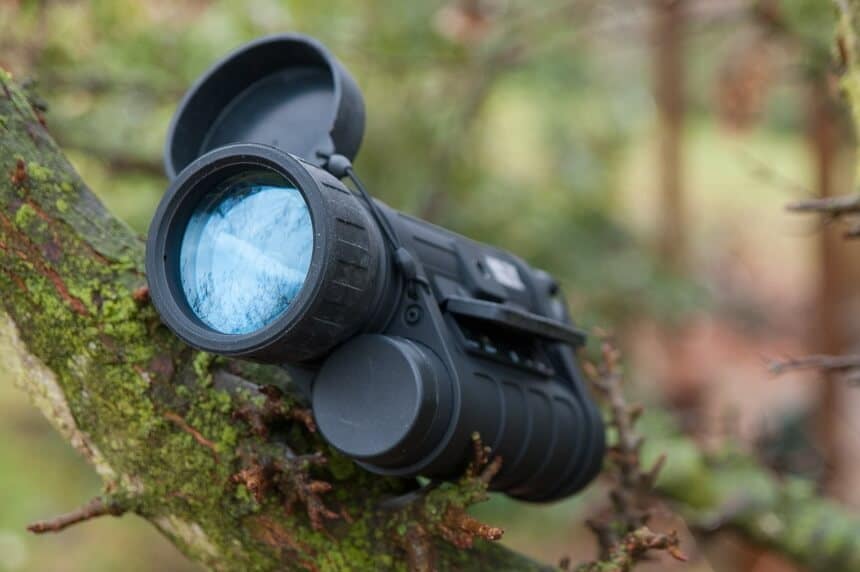 Lens diameter is one of the key parameters that truly define these handheld visual magnifying devices. Larger lens diameters let in more light, which is a key component necessary for night vision optics. Most of the monoculars on this list have lens diameters of around 20mm, but one of them— the Firefield Nightfall— has a lens diameter of 50mm, which is the largest lens diameter on this list. The Firefield Nightfall was our pick for Best Value, and the lens diameter was one of the key features that earned it that top accolade.
Lens diameter is one of the key parameters that truly define these handheld visual magnifying devices. Larger lens diameters let in more light, which is a key component necessary for night vision optics. Most of the monoculars on this list have lens diameters of around 20mm, but one of them— the Firefield Nightfall— has a lens diameter of 50mm, which is the largest lens diameter on this list. The Firefield Nightfall was our pick for Best Value, and the lens diameter was one of the key features that earned it that top accolade.
Magnification is the other crucial parameter that defines a monocular. Given that monoculars are smaller and less powerful than visual tools like telescopes, the magnification capabilities of monoculars are likewise less intense.
A magnification of 4x would signify that the monocular will make an object look 4 times bigger than it currently appears to the naked eye, which is helpful for viewing objects at a great distance.
The field of view of a monocular describes the amount of area you can see when viewing a landscape through your tool at a distance of 1000 yards. This metric describes the width of the area you can see, not the depth. Higher magnifications usually offer smaller fields of view, while smaller magnifications offer larger fields of view. Of the options on this list, the Bushnell 4.5×40 Equinox Z Digital Night Vision Monocular offers an extremely impressive field of view.
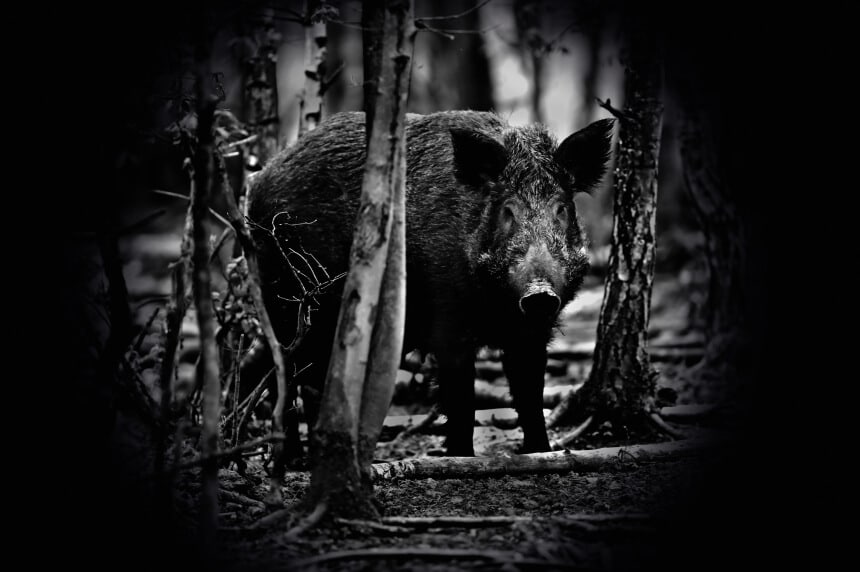 The focus range of a monocular tells you how far away an object can be from you while still being able to focus on it with your monocular. This metric usually decreases when using the monocular for night vision purposes due to the low light conditions.
The focus range of a monocular tells you how far away an object can be from you while still being able to focus on it with your monocular. This metric usually decreases when using the monocular for night vision purposes due to the low light conditions.
The focus range for all of the models listed is quite varied and also listed with different measurements, which can make it a bit confusing to interpret.
The magnification type of all of these monocular options is either fixed or variable. A fixed magnification type means that you cannot change it, but a variable magnification type allows you to switch between two or more magnification settings. For example, the xGen Digital Night Vision 3x Monocular XGENPRO Magnification has a variable magnification type between 3x-6x. The X-Vision 3-6x Digital Night Vision Monocular XANB60 also offers a 3x-6x magnification variable type. Neither fixed nor variable magnification is necessarily “better” than the other, but the one you choose should depend on the type of activity you intend to do with your night vision monocular.
The battery of your monocular refers to both the type of battery that powers the monocular as well as the battery life of the monocular during both daytime and nighttime use. Unfortunately, not all of the options on this list specified how long the battery life is in the day versus night conditions, so we cannot provide that information for you at this time. We can comment on the type of battery installed in each of these tools, however. The vast majority of the night vision monoculars on this list are battery-powered with disposable batteries that require changing frequently. We don’t love this feature about these monoculars, but for the price, it is hard to find one that features a rechargeable battery which would be our preference.
Night vision is a super cool technology that has a lot of useful applications. It’s not only meant to be used for military purposes Trusted Source lluminated like ghosts on an LCD screen, figures pop out from behind parked cars in the darkness, and apparitions walk shadowy dogs across the street. Then, suddenly, a yellow icon of a cyclist appears in the head-up display on the windshield, and a warning alarm sounds. It’s all part of the latest generation of night vision technology appearing as on option on several vehicles this year. www.nytimes.com , though, and can be a great addition to your camping trip, hunting expedition, or wildlife observation. All of the products listed above made our list of the best night vision monoculars under $200, and even more humbly priced like Firefield Nightfall FF24063, all of them feature magnification settings, the field of view, focus range, and much more. Many of the items on the list are battery-powered, which is either good or bad, depending on your personal preference. All of the monoculars on this list, such as our Editor’s Choice Carson OPMOD DNV and Premium Pick Bushnell 4.5×40 Equinox Z, are great choices for anyone looking to enhance their nocturnal activities. The under $200 price point makes these tools affordable and functional, and great for beginners—without some of the more advanced features that may be confusing for beginners.


